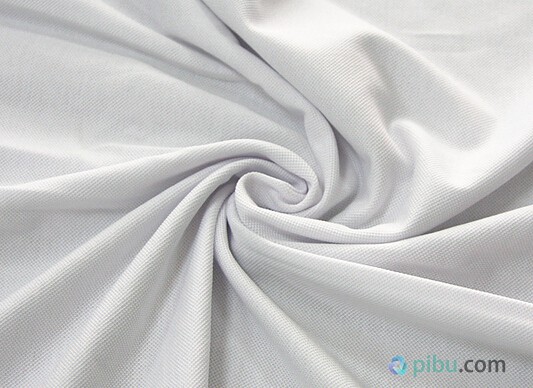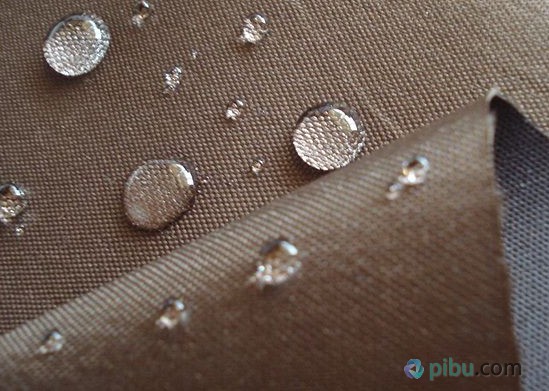As we all know, fire, welding and other special industries have special fire-resistant clothing, and their fabrics have been fire-retardant treatment. Once a fire occurs, it can significantly delay the spread of fire and reduce the harm to the human body. Many countries and regions in the United States, Australia and other countries have mandatory requirements for the flame retardancy of apparel fabrics. However, China's "National Safety Technical Code for Textile Products" has not yet made provisions for flame retardant performance. At the same time, due to lack of awareness of individual protection When consumers buy clothes, they often pay attention to the softness and air permeability of the fabric, and few consumers are concerned about the burning properties of the fabric. In fact, regardless of natural fabrics or chemical fiber fabrics, most of the fabrics may be burned, and the ignition point affects the burning speed. In life, once the clothing of a person meets a flame, even if the fabric's burning speed is delayed by more than a second, it can also give people more time to extinguish the flame or take off the burning clothing, reducing and avoiding even more serious problems. Burns and burns. The following briefly describes the ignition points of several common fabrics. cotton Burning point around 200°C Immediately after the flame is ignited, it burns rapidly, and the combustion emits a paper odor. After burning, there is very little powder ash that appears black or gray. silk Burning point 400°C The silk shrank into a lump in the form of fire, burning slowly, accompanied by buzzing sounds, emitting a burning smell of the hair, and forming a dark brown ash-like ash after burning, and the handcuffs were broken. Chemical fiber Usually ignition point 150°C Under normal circumstances, the flame reaches about 150 °C, chemical fiber will quickly burn, a chemical fiber clothes only need more than 10 seconds to burn off. Some chemical fiber fabrics will emit toxic smoke that is harmful to the human body when it burns. In addition, the reaction of the fabric after burning also determines whether it will cause further damage to the human body. Take "Chiffon", which is very popular in recent years, as an example. "Chiffon" includes two types of silk chiffon and chemical fiber chiffon. Among them, chemical fiber chiffon has been favored by many beautiful ladies because of its thinness, softness, non-decolorization and high quality and low price. However, what many people do not know is that the composition of chemical fiber chiffon is generally 100% polyester. Like most chemical fiber fabrics such as nylon, polyester, and acrylic, once burned, it will shrink and melt, and the sticky and hot melt will melt. Attached to the skin, even hot molten droplets drip, deepen and aggravate skin burns; chemical substances produced after combustion of chemical fiber fabric adhere to skin wounds, and may further adversely affect human skin tissue. Natural fabrics such as cotton, hemp, silk, and wool all belong to organic matter. When burned, the burned part will rapidly char and will not melt. Silk and wool will extinguish themselves quickly after leaving the fire, which will reduce the degree of harm to the human body. In addition to the type of fabric, the weight and weave of the fabric is also one of the factors that affect the combustion. For example, a denim fabric is a type of cotton, but it is less likely to catch fire due to the higher density and wear resistance of the fabric. Therefore, when people choose clothes, especially personal clothing, they can give priority to natural fabrics, clothing with a certain degree of flame-retardant effect and high textile density, which will give people more safety protection. kaiyue , https://www.marketuniongroups.com


For more content, please follow this site
February 19, 2023